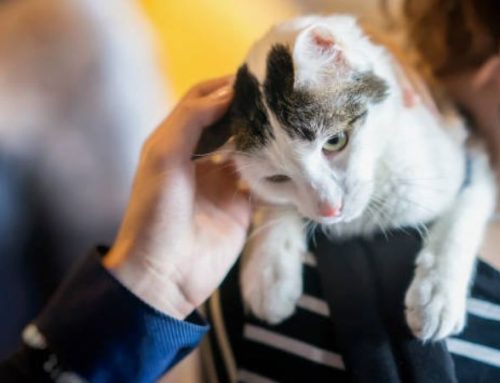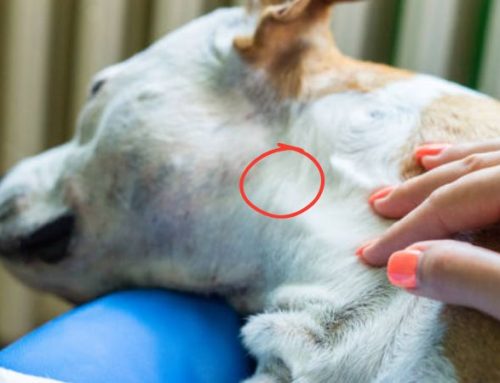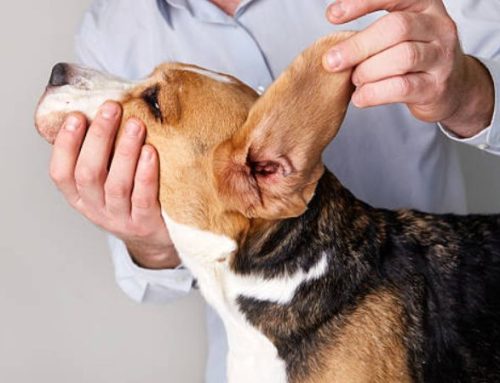Few things can disrupt the peace of your home faster than the unwelcome arrival of fleas. These tiny, relentless pests not only torment your cat but can also spread through your living space with surprising speed.
Protecting your feline friend means staying a step ahead—and that’s where the right knowledge comes in. Here are 9 effective and vet-approved ways to tackle cat fleas at home and reclaim comfort for both you and your pet.
The First Step: Immediate Relief for Your Cat
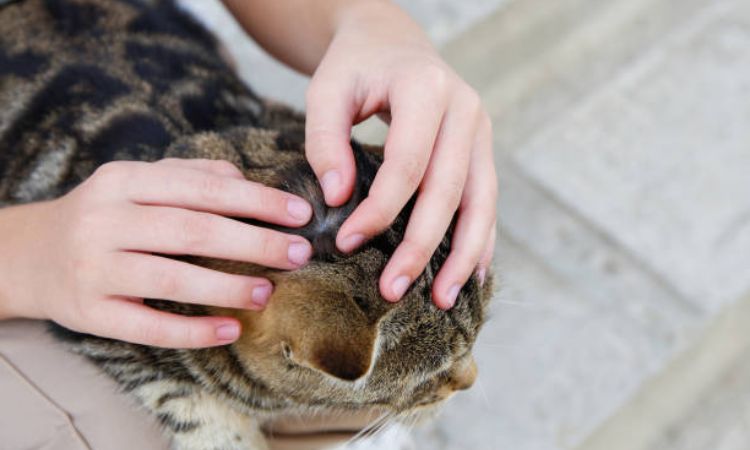
1. The Classic Flea Comb
A flea comb is one of the most effective, chemical-free tools available. The ultra-fine teeth are designed to trap and pull adult fleas and flea dirt (dried blood excreted by fleas) from your cat’s coat. Regular combing also helps you monitor the infestation level.
How to do it step-by-step:
- Choose a fine-toothed metal flea comb specifically made for cats.
- Place your cat on a light-colored towel so fleas and debris are easier to see.
- Comb slowly and methodically, focusing on the neck, chin, groin, and base of the tail—fleas prefer these warm areas.
- After each pass, dunk the comb immediately into a bowl of warm, soapy water to drown any fleas.
- Continue combing until you no longer see fleas coming off the coat.
Pro-tip:
- This is safe for kittens under 8 weeks old, pregnant cats, or cats who cannot use chemical preventatives.
- Daily combing helps keep infestations under control and reduces itching.
- Use this technique alongside other treatments for best results.
2. The Soapy Bath Method
Dish soap has surfactant properties, meaning it breaks the waxy coating on fleas and lowers water’s surface tension, preventing fleas from floating. Once wet and coated in soap, fleas drown quickly.
How to do it step-by-step:
- Fill a sink or tub with lukewarm water—never too hot or cold, as cats are temperature-sensitive.
- Use a mild, fragrance-free dish soap (like unscented Dawn).
- Lather around the neck first to form a “barrier,” stopping fleas from escaping to the head.
- Gently massage the soap into the rest of the body, avoiding the eyes, nose, and inside ears.
- Rinse thoroughly to remove all soap residue.
- Towel-dry your cat immediately and keep them warm until fully dry.
Important note:
- This method provides temporary relief only and does not kill eggs or larvae.
- Over-bathing can strip natural oils, leading to dry, irritated skin.
- Cats prone to stress may find this overwhelming; always prioritize safety.
3. Apple Cider Vinegar (As a Repellent)
Fleas are repelled by the acidic smell and taste of apple cider vinegar (ACV). While ACV does not kill fleas, it can make your cat’s coat less appealing, encouraging fleas to jump off.
How to do it step-by-step:
- Mix a solution of 1 part raw, unfiltered apple cider vinegar to 2 parts water.
- Pour the mixture into a spray bottle.
- Lightly mist your cat’s coat, avoiding the face. If your cat dislikes sprays, apply with a soft cloth instead.
- Focus on flea-prone areas such as the back, tail, and underbelly.
Key takeaway:
- ACV is a repellent, not a killer—fleas may leave temporarily but will not be eliminated.
- Best used as a supporting method alongside combing or prescription preventatives.
- Do not use undiluted vinegar—it may sting your cat’s skin.
4. Coconut Oil (For Short-Term Relief)
Coconut oil coats the fur and skin, creating a slippery, suffocating layer that immobilizes and smothers fleas. It may also soothe itching and minor skin irritation caused by bites.
How to do it step-by-step:
- Use organic, virgin coconut oil only.
- Warm a small amount between your palms until it becomes liquid.
- Gently massage into your cat’s coat, focusing on flea hot spots.
- Leave it on for 15–20 minutes.
- Follow with a bath using mild soap to rinse out excess oil.
Important note:
- This method is messy and temporary. Your cat may lick the oil, which is generally safe in small amounts but can cause digestive upset if over-consumed.
- Best for short-term relief when other treatments aren’t available.
- Always test a small patch first to ensure your cat doesn’t have a skin reaction.
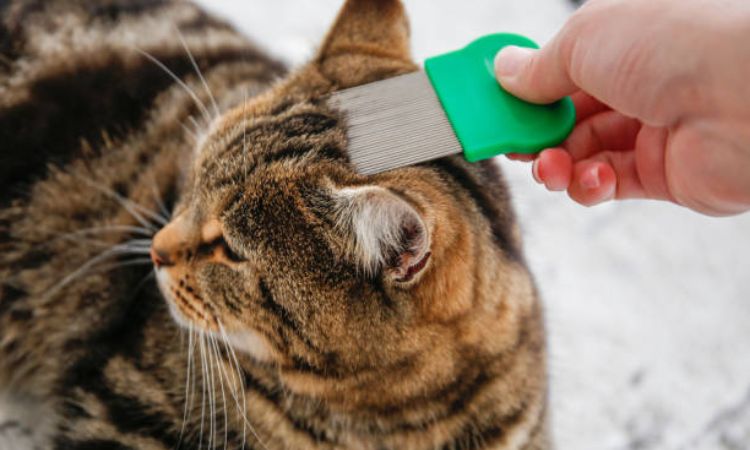
5. Diatomaceous Earth (Food-Grade Only)
Diatomaceous earth (DE) is a natural, powdery substance made from crushed fossilized algae. Its microscopic sharp edges pierce the protective exoskeleton of fleas, causing dehydration and death within hours.
How to do it step-by-step:
- Use only food-grade DE, not industrial-grade (which is unsafe for pets).
- Lightly dust a small amount into your cat’s coat, working it gently into the fur.
- Avoid the face, especially the nose and mouth, as inhalation can irritate the lungs.
- Leave it on for several hours, then comb out and bathe your cat if necessary.
- Sprinkle DE on carpets, bedding, and areas where your cat spends time to treat the environment as well.
Important note:
- DE is most effective for environmental treatment rather than direct application on pets.
- Use sparingly on cats and never in a way that creates airborne dust.
- Safe when used properly, but results take time and repeated application.
The Next Step: Treating Your Home Environment
Once you’ve given your cat immediate relief, the battle isn’t over. Fleas don’t just live on your pet—they spread throughout your home, hiding in carpets, bedding, and even tiny cracks in the floor. To truly get rid of them, you need to break the flea life cycle in your environment. Here’s how:
6. Vacuuming Daily and Thoroughly
- Why it works: Vacuuming is one of the fastest and most effective ways to remove live fleas as well as their eggs, larvae, and pupae from your home. It also stimulates pupae to hatch, which makes them easier to kill in the next round of cleaning or treatment.
- How to do it: Vacuum every room in your house, paying special attention to carpets, rugs, sofas, baseboards, and crevices where fleas like to hide. Don’t forget hard-to-reach spots like under furniture and along edges of walls. Once finished, immediately empty the vacuum canister or throw away the bag in an outdoor trash bin to prevent fleas from crawling back into your home. For best results, repeat this process daily until the infestation is under control.
7. Washing All Bedding
- Why it works: Fleas thrive in warm, soft fabrics where your cat sleeps or lounges. Washing with hot, soapy water destroys fleas at all stages of their lifecycle—eggs, larvae, pupae, and adults.
- How to do it: Wash all of your cat’s bedding, blankets, and fabric toys, as well as your own bedding if your cat sleeps in your bed. Use the hottest water setting your fabrics can tolerate, paired with detergent, and dry everything on the highest heat setting possible. This ensures fleas and eggs are killed and prevents reinfestation. Repeat this process at least once a week during an outbreak.
You may be interested: Got Cat Lice? How to Spot, Treat, and Prevent Cat Lice, Fleas, and Ticks
8. Using a Homemade Flea Trap
- Why it works: Fleas are attracted to warmth and light. A simple trap made with soapy water can lure them in and drown them, reducing the adult flea population in your home.
- How to do it: At night, place a shallow dish or bowl filled with warm, soapy water underneath a small lamp or nightlight in a dark room. Fleas will jump toward the light and heat, land in the water, and sink due to the soap breaking the surface tension. Position the trap near areas where your cat spends time, such as beside their bed or favorite resting spot. Refresh the water daily and continue using traps alongside vacuuming and washing for maximum effectiveness.
Important Considerations and When to Call the Vet
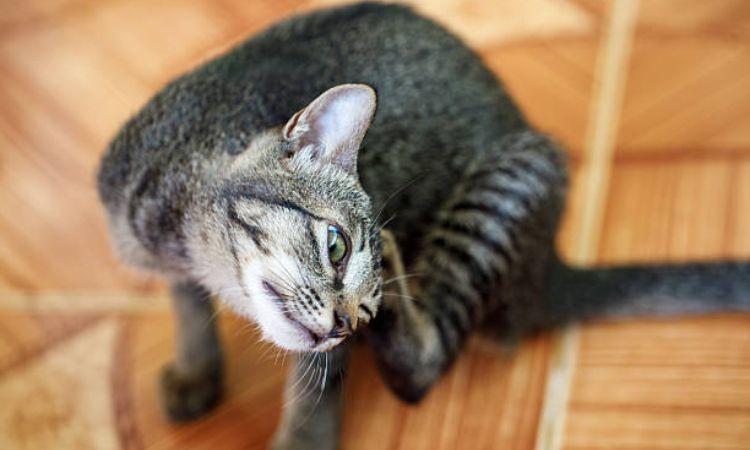
9. Knowing When to Seek Professional Help
Why it matters
- Sometimes, home treatments aren’t enough. If your cat has a severe flea infestation, is scratching constantly, has bald patches, sores, or appears weak or lethargic, it’s time to get professional help. Kittens and older cats are especially vulnerable to anemia caused by fleas, so early action is important. Flea allergy dermatitis, caused by sensitivity to flea bites, can also make your cat extremely uncomfortable and may require medical treatment.
What a vet can do: Veterinarians can offer safe, effective solutions that work quickly. This includes:
- Topical treatments that stay on your cat’s skin and kill fleas over several weeks
- Oral medications that act fast and prevent eggs from hatching
- Injections in certain cases for long-term protection
- Additional care for skin irritation, infections, or anemia caused by fleas
Your vet can also guide you on a prevention plan, making sure fleas don’t come back. This approach keeps both your cat and your home safe—and gives peace of mind that you’re handling the problem the right way.




